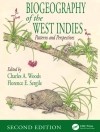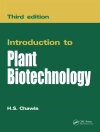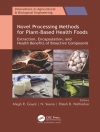Since the beginning of agricultural production, there has been a continuous effort to grow more and better quality food to feed ever increasing popula- tions. Both improved cultural practices and improved crop plants have al Iowed us to divert more human resources to non-agricultural activities while still increasing agricultural production. Malthusian population predictions continue to alarm agricultural researchers, especially plant breeders, to seek new technologies that will continue to allow us to produce more and better food by fewer people on less land. Both improvement of existing cultivars and development of new high-yielding cultivars are common goals for breeders of al I crops. In vitro haploid production is among the new technologies that show great promise toward the goal of increasing crop yields by making similar germplasm available for many crops that was used to implement one of the greatest plant breeding success stories of this century, i. e. , the development of hybrid maize by crosses of inbred lines. One of the main applications of anther culture has been to produce diploid homozygous pure lines in a single generation, thus saving many generations of backcrossing to reach homozygosity by traditional means or in crops where self-pollination is not possible. Because doubled haploids are equivalent to inbred lines, their value has been appreciated by plant breeders for decades. The search for natural haploids and methods to induce them has been ongoing since the beginning of the 20th century.
S. Mohan Jain & S.K. Sopory
In vitro Haploid Production in Higher Plants [PDF ebook]
Volume 3: Important Selected Plants
In vitro Haploid Production in Higher Plants [PDF ebook]
Volume 3: Important Selected Plants
购买此电子书可免费获赠一本!
语言 英语 ● 格式 PDF ● ISBN 9789401718585 ● 编辑 S. Mohan Jain & S.K. Sopory ● 出版者 Springer Netherlands ● 发布时间 2013 ● 下载 3 时 ● 货币 EUR ● ID 4698660 ● 复制保护 Adobe DRM
需要具备DRM功能的电子书阅读器












